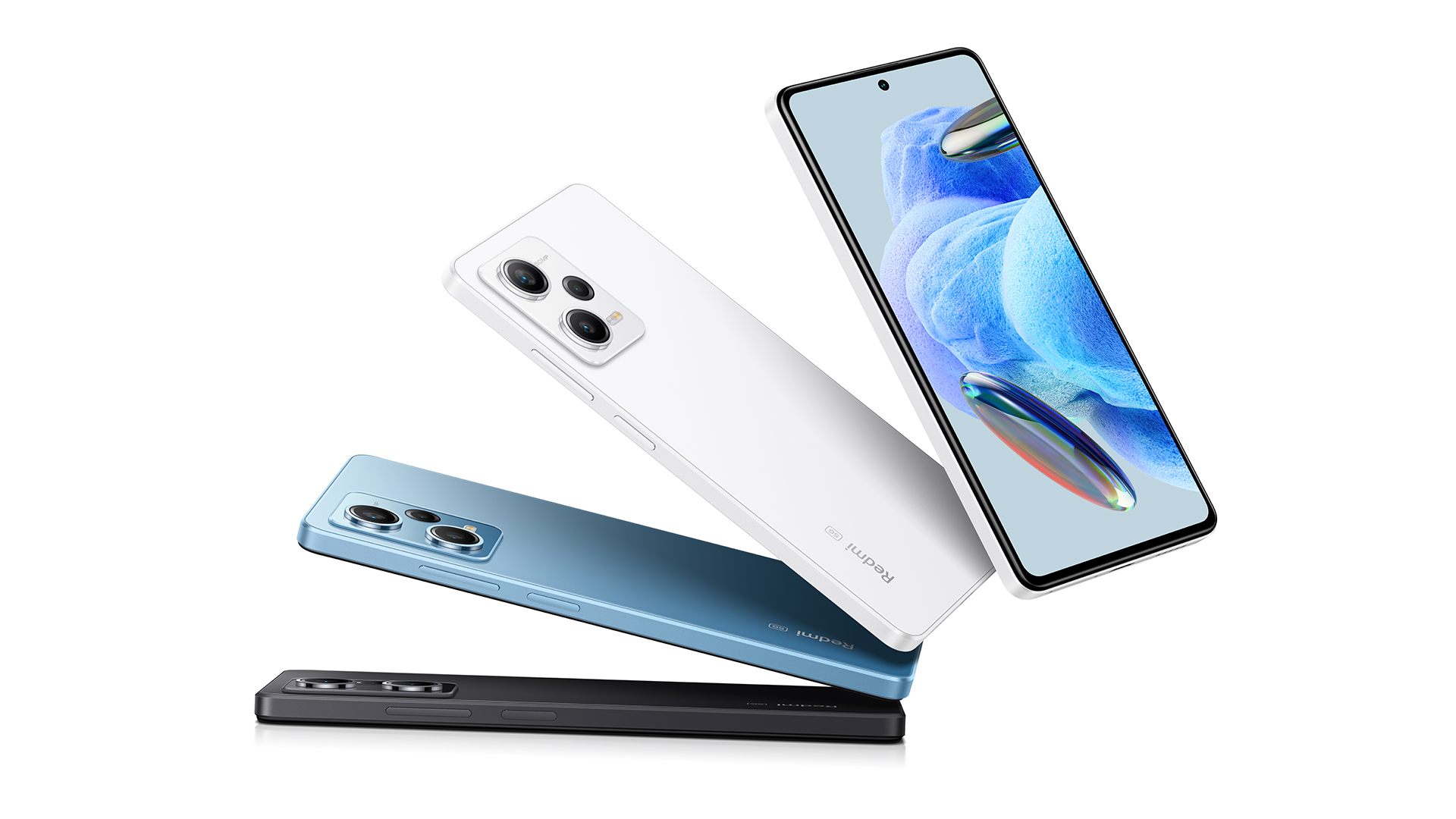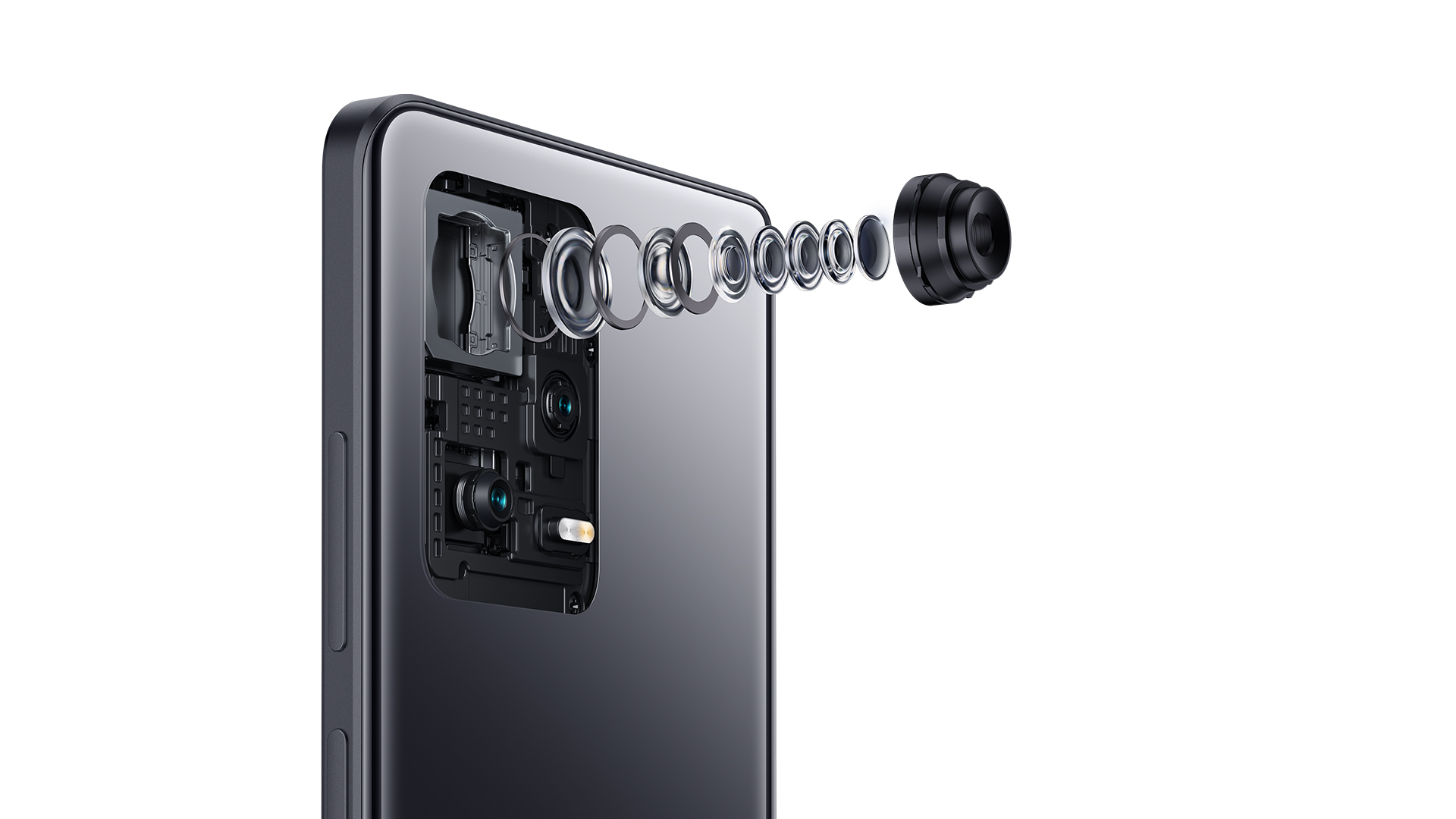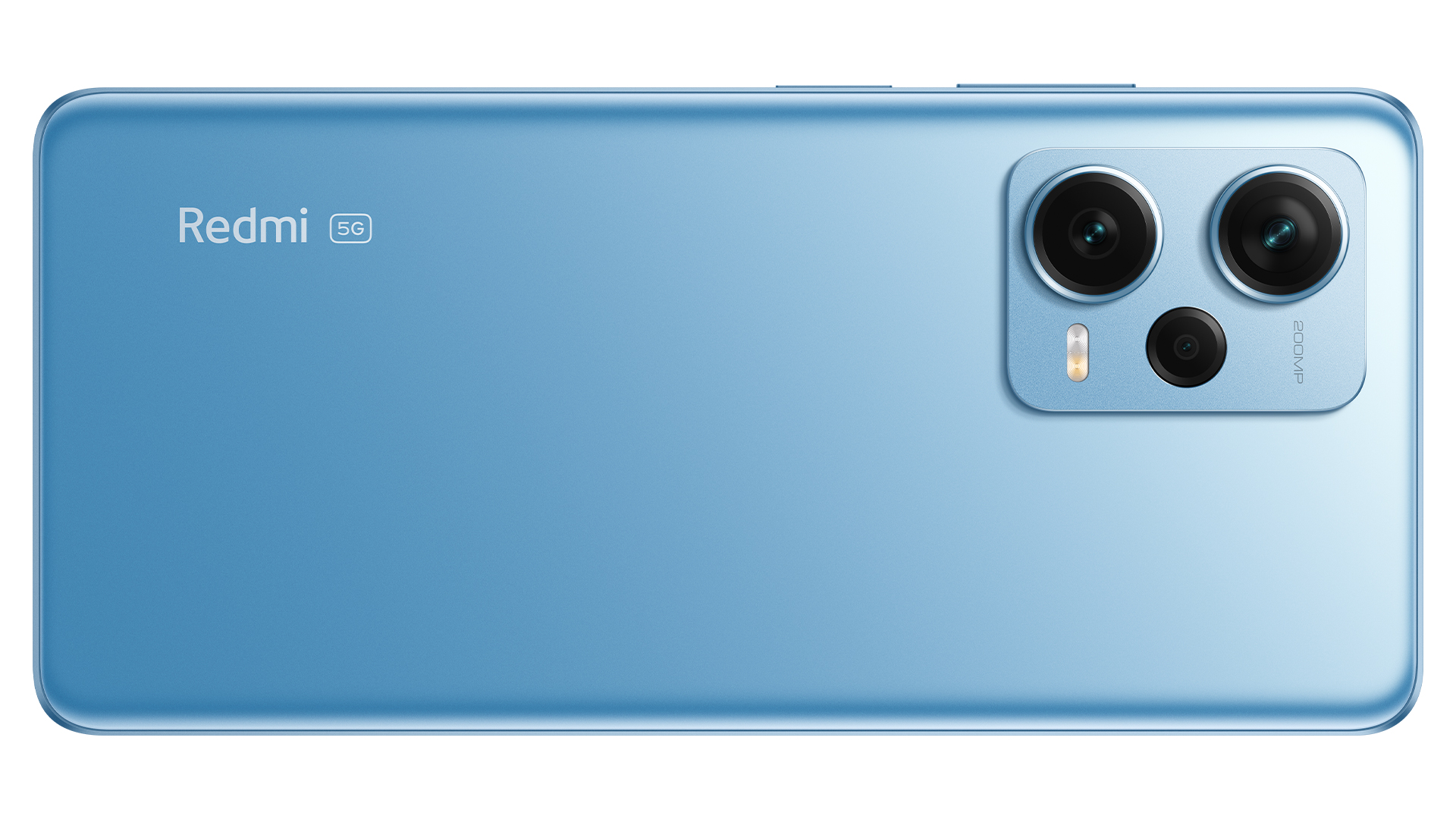
Xiaomi has just launched no less than four new Redmi phones: the 200MP Note 12 Pro Plus, the 50MP Note 12 Pro, the 48MP Note 12 5G and the 50MP Note 12. All are relatively affordable when compared to top-end handsets like the Apple iPhone 14 Pro and Samsung Galaxy S23 Ultra, but they pack competitive imaging hardware – especially the top two Note 12s – the 12 Pro Plus and 12 Pro.
Starting with the Note 12 Pro Plus, this £449 (roughly $550 / AU$820) phone is the lowest-cost handset to ship with a 200MP camera sensor to date. This may be the same resolution as Xiaomi’s 200MP 12T Pro, or Motorola’s Edge 30 Ultra, but the new Redmi phone doesn’t sport the exact same camera sensor. Instead of the large 1/1.22-inch 200MP sensor we’ve seen in the past, the more affordable Note 12 Pro Plus introduces a smaller 1/1.4-inch sensor, resulting in 0.56-micron pixels. Still respectable for the price, especially considering the lens features optical image stabilization (OIS), it will be interesting to see how this fresh sensor stacks up.

Other highlights of the phone that are missing in the non-plus Redmi Note 12 Pro are the glass back panel, and its super-fast 120W charging, powering up the phone in around 20 minutes.
Onto the Note 12 Pro, and its main camera is a 50MP resolution module powered by the tried and tested IMX766 – the same camera sensor featured in the Oppo Find X5 Pro. Measuring 1/1.56-inch, while not the largest sensor around, the Note 12 Pro’s main camera does pack OIS – great for the price, and at £339 / roughly $420 / AU $625, it should be one of, if not the best budget camera phones on the market.
Both phones feature identical secondary cameras. Their ultra-wide modules feature 8MP sensors and f/2.2 aperture lenses as well as 2MP fixed-focus macro cameras. There’s also a 16MP punch-hole selfie camera on both too, sporting an f/2.45 aperture.

More than just their cameras, the Pro and Pro Plus pack large 6.67-inch screens with AMOLED display tech and support for Dolby Vision, as well as IP53 splash-resistant bodies and Gorilla Glass protection on the front.
MediaTek Dimensity 1080 power means a significant bump up in performance versus last year’s Redmi Note 11 Pro and its Qualcomm Snapdragon 695 5G, and with ample 5000mAh batteries, we’re definitely impressed by everything Xiaomi’s packed into its latest Redmi phones.
We’ve got both devices in for review, so check back to see how those punchy cameras stack up, and whether these budget bangers can take the fight to some of the best camera phones on the scene right now.
Read more:
• Best Xiaomi phones
• Best Android phones
• Best budget camera phones







